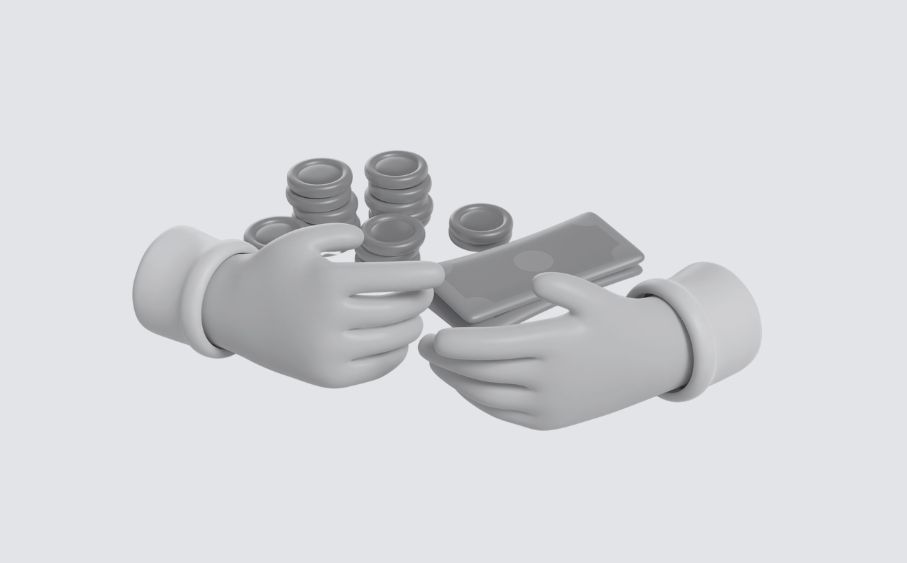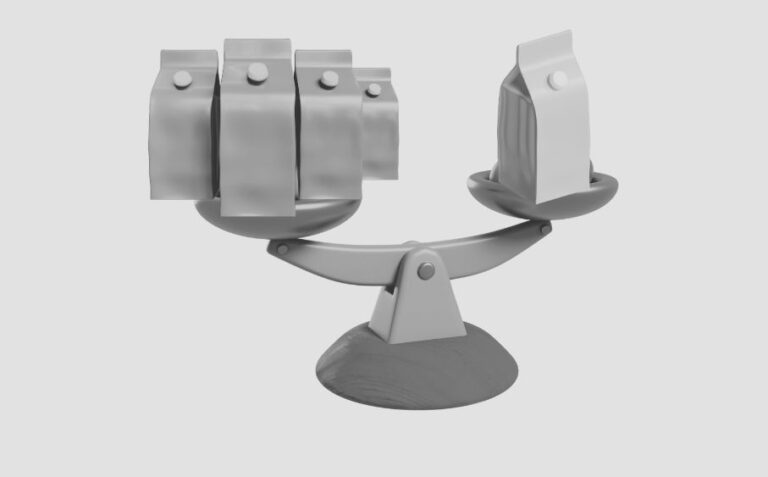Predatory pricing is a competitive strategy of offering overly low prices to gain a dominance in a specific industry. The idea behind this strategy is to eliminate competitors by pushing them out of the market. This practice can be used effectively in markets that has monopolistic or oligopolistic environments. However, it can often reveal ethical and legal implications.
Formula
Predatory pricing can be assessed by comparing the prices and putting a low price compared the cost of production:
Predatory Pricing = Price < Average Cost
Average Cost can mean both fixed and variable costs of production. Setting the price below this average signals an intent to push competitors out rather than engage in competitive pricing.
Why is Predatory Pricing Important?
Predatory pricing impacts online stores and competitive marketplaces, which has high competition and easy access. In these markets, a leading business tries to weaken and push out the less established sellers. After eliminating or weakening rivals form the field, the predatory company increases prices. This allows the to recover the money they lost and gain profits. In the meantime, consumers may benefit in the short term from reduced prices, soon faces higher prices along with limited options with fewer sellers remain.
A main advantage of a strategic pricing is the quick expansion of market share. This method appeals to buyers who focus on costs, allowing companies to reach more customers and increasing their visibility. Additionally, this tactic creates pressure on competitors because they lose revenue. Over time, this can force them to change their market positions or leave the market.
Factors Influencing Predatory Pricing
Market Structure
In markets with few major players, a dominant firm can effectively use aggressive price cuts to overwhelm smaller competitors. This makes predatory pricing more feasible.
Financial Resources
Companies with significant financial resources can better absorb the losses that come from selling below cost. This financial stability enables them to pursue aggressive pricing strategies.
Regulatory Environment
Another question on the topic: is predatory pricing illegal? Many countries probe predatory pricing, so companies must consider the potential legal repercussions. Awareness of these regulations is crucial in their pricing strategies.
Demand Elasticity
When consumers are highly price-sensitive, predatory pricing becomes an effective tactic for attracting them away from competitors. This sensitivity can accelerate the strategy’s success.
Applications in Business
Predatory pricing is common among large companies in retail, technology, ecommerce, and transportation, where gaining market share is important for higher profits.
Predatory Pricing in Retail
Large chains set very low prices for essential goods to attract customers away from smaller stores that cannot match those prices. Once they dominate the local market, these chains typically increase their prices to enhance profit margins.
Predatory Pricing in Technology
Companies in the software and platform sectors often offer initial services for free or at minimal cost. This strategy quickly attracts a broad user base and raises the barrier to entry for competitors. For instance, streaming platforms may utilize this tactic to establish a robust subscriber base when entering new markets. Once they reduce the competition, they adjust their prices accordingly.
Predatory Pricing in Ecommerce
Large online marketplaces frequently implement predatory pricing to outcompete smaller sellers or niche players. They may set prices below the typical market rate for key products, which drives traffic away from competitors lacking the resources to match these prices. This strategy proves particularly effective during peak shopping seasons, allowing major players to capture substantial market share rapidly before raising prices.
Predatory Pricing in Transportation
Companies offer low introductory fares on new routes, especially in the airline and ride-sharing sectors, to capture passenger interest. Competing airlines or services are then forced to lower their prices. Once the competition lessens, the company that employed this strategy usually increases fares to ensure sustained profitability.
Although effective, regulators closely monitor predatory pricing due to its anti-competitive risks and potential long-term harm to consumers.
Practical Example
Uber has been noted for using predatory pricing to gain a favorable position in new markets. When entering a city, Uber often offer promotional prices for rides that is below the actual costs. Low prices attract consumers quickly, potentially driving local taxi services out of business. Once Uber establishes a dominant position, it typically adjusts its pricing strategy to focus on profitability.
Disadvantages of Predatory Pricing
- Face Legal Risks: Companies may encounter challenges due to anti-competition laws and regulations in many regions.
- Experience Financial Strain: For companies without deep financial reserves, this strategy proves risky. It requires sustaining prolonged periods of loss.
- Damage Brand Perception: Overusing aggressive pricing tactics can create a perception of unfairness, potentially harming brand loyalty.
Wrap Up
Predatory pricing is a risky strategy that allows companies to undermine their competitors and achieve a dominant market position with a significant power. However, this strategy carries legal and financial risks. For consumers, it may provide temporary benefits through lower prices. Ultimately, though, it can lead to reduced competition and higher prices in the long run.





